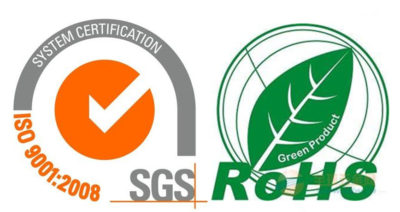Activated alumina is a high-porosity, high-surface-area aluminum oxide material that is widely used in water treatment, gas drying, catalyst carriers, petrochemicals and other fields. However, as its application range expands, discussions about its safety are also increasing. So, is activated alumina safe?
Health and safety of activated alumina
(1) Toxicity assessment
Activated alumina itself is chemically stable and is not a highly toxic substance. According to the standards of the U.S. Occupational Safety and Health Administration (OSHA), the permissible exposure limit for its dust is 15 mg/m³ (total dust) and 5 mg/m³ (inhalable dust).
- Inhalation risk: Long-term inhalation of high concentrations of dust may cause respiratory irritation or pneumoconiosis, but the dust concentration in general industrial environments is far below the dangerous level.
- Skin contact: It usually does not cause severe irritation, but may cause dry skin.
- Ingestion risk: Ingestion of a small amount will not cause acute poisoning, but ingestion of a large amount may cause gastrointestinal discomfort.
(2) Difference from ordinary alumina
Ordinary alumina has a dense structure and almost no adsorption, while activated alumina is more reactive due to its porous structure. However, the two are similar in biological inertness and will not accumulate in the body or cause long-term toxicity.
(3)Environmental safety
Activated alumina will not cause significant harm to the environment under normal conditions of use, but the following issues should be noted:
- Waste disposal: Activated alumina that has adsorbed heavy metals or organic pollutants may become hazardous waste and must be handled in accordance with regulations.
- Dust pollution: Dust generated during production or regeneration may affect air quality, and dust removal measures must be taken.
- Soil impact: Large-scale emissions may change the pH value of the soil and affect the microbial ecology.
How to use activated alumina safely?
To ensure safety, the following measures are recommended:
- Industrial protection: Wear dust masks (such as N95) and goggles in dusty environments.
- Storage management: Keep dry, avoid contact with strong acids and strong alkalis, and prevent moisture and agglomeration.
- Waste disposal: Activated alumina that has adsorbed pollutants should be disposed of in accordance with hazardous waste management regulations.
- Regeneration: The temperature must be controlled during high-temperature regeneration (usually 300-600℃) to avoid local overheating and structural damage.
Conclusion: Activated alumina is safe under standard conditions of use. It has low toxicity and will not cause serious harm to health and the environment, but attention should be paid to dust protection and reasonable disposal of waste. As long as the correct operating specifications are followed, activated alumina is still an efficient and reliable industrial adsorption material.
For ordinary consumers, such as activated alumina in water treatment filters, due to good packaging, there is almost no risk of exposure and can be used with confidence. However, in industrial production, occupational health management still needs to be strengthened to ensure safe operation.

